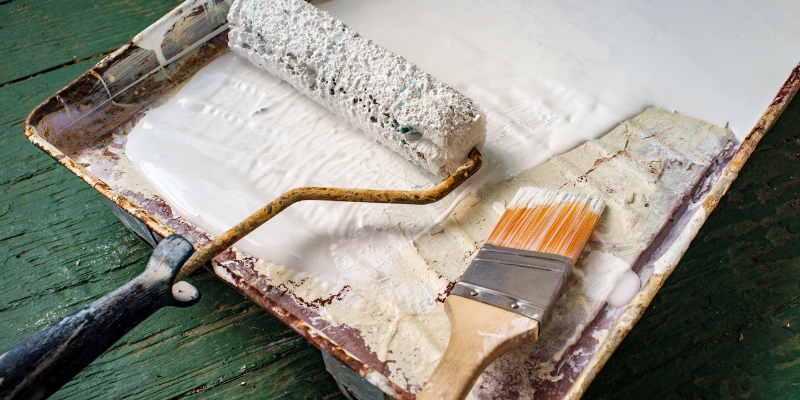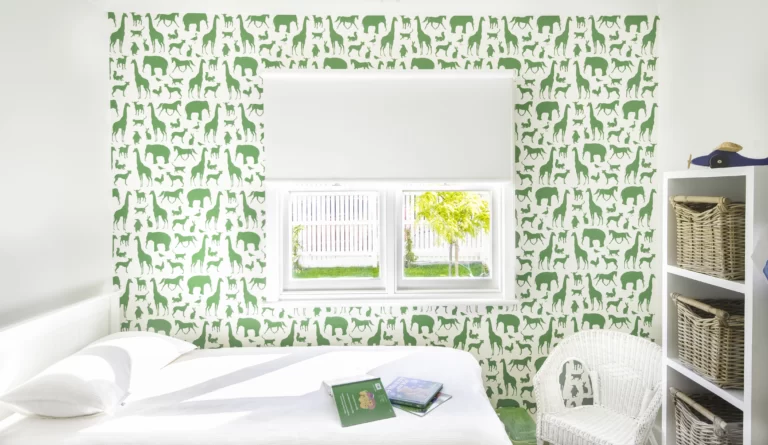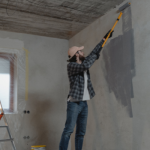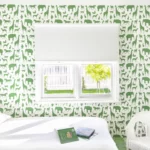Painting can be a very relaxing activity; however, choosing the right paint brushes for the job can be pretty tricky. But it can also make all the difference in the world. A well-preserved paintbrush of high quality can serve you for over a year, while the cheaper ones will wear out in no time. For instance, look for a paintbrush looks with longer bristles, as shorter hairs are more difficult to maneuver and will leave a streaky finish.
TIP: When choosing paint brushes, you need to consider the size of your project and the paint you’ll use! Namely, here are three significant specifications you need to know about when shopping for your tool:
1.The Width of Your Paint Brushes
You will need a broad brush for painting a house and a narrow one for painting something like a box. Different brushes will offer varying degrees of skill and speed. These criteria will give you an idea of the range in which you should look:
Under 25mm – These little brushes are the best for small projects. Use them for tasks such as toys, ornate boxes, window frames or adding interesting patterns to objects.
25mm to 50mm – This width is best for painting shutters and small furniture like nightstands.
50mm to 75mm – Use these paint brushes for doors and oversized furniture such as cabinets and fences.
75mm to 100mm – This size will suit large surfaces like floorboards and walls. You could get an even bigger paintbrush to speed up the process.
2.The Bristle Material
Not all paintbrushes have good-quality bristles. If you have already picked the paint, ensure that your brush is up to the job:
Natural bristles – Use these types of brushes with oil-based paint. They will become dry otherwise and will be much less efficient.
Synthetic bristle – You can use latex-based, water-based and acrylic paint with these brushes. That is the go-to type of brush for house renovations.
Foam brushes – While this material gives you the most flexibility and accuracy, it’s hard to clean and easy to wear out. If you are okay with throwing your brush out after you’re finished with your project, it’s perfect for painting small objects or adding details.
“TIP: You should buy the paint and the brush simultaneously to ensure you’re getting compatible materials and tools.”
3.The Paintbrush Shape
A brush’s style refers to the shape and how the bristles are cut:
Angle sash brushes – They have slanted bristles. They work much better than other paintbrushes when you want to paint trim or at an angle. Depending on the project, you may use a thin or flat-angle sash brush.
Wall brushes – As the name suggests, they are made to paint large, flat surfaces. They can hold a lot of paint.
Roller brushes – If you want even paint on a large, flat surface, the roller will get you the fastest results. You can use it for floors and walls, but it will only help with fine details.
You need to know these things to pick the right brush for the job. Remember that a quality paintbrush matters almost as much as top-notch paint. Make sure you always clean your brushes after painting. Otherwise, the colour will dry on the brush, making them unusable.
Thank you for reading, and happy painting!







